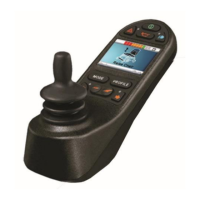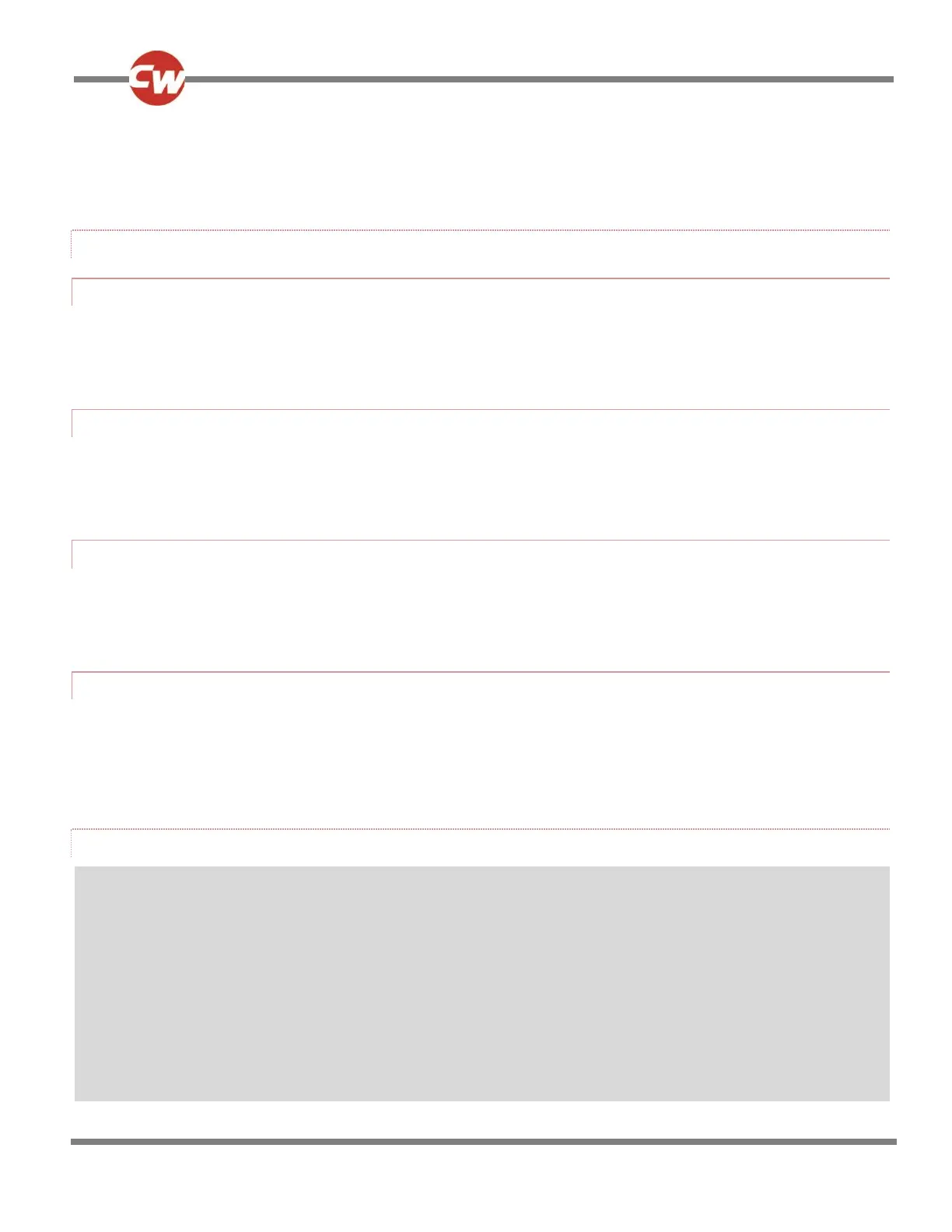If set to Yes, the input will only be interrogated at entry into Drive Mode. An example of when this function may be
useful is if a tilt-sensor is used that could be inadvertently operated when driving over rough terrain. By employing this
function, an inhibit will only be applied if Drive Mode is entered with the seat in a genuinely tilted position.
If set to No, the input will be interrogated constantly during Drive Mode, i.e. normal inhibit operation.
INHIBITS - INPUT ASM/TILT
3.11 LOWER LEVEL THRESHOLD
This sets the level of the threshold between Band 0 and Band 1 for Inhibit 8 or 9 Input. See ASM/TM Inhibits Explained for more
details on inhibits and Bands.
The programmable range is -90 degrees to +90 degrees in steps of 1 degree.
3.12 MIDDLE LEVEL THRESHOLD
This sets the level of the threshold between Band 1 and band 2 for Inhibit 8 or 9 Input. See ASM/TM Inhibits Explained for more
details on inhibits and bands.
The programmable range is -90 degrees to +90 degrees in steps of 1 degree.
3.13 UPPER LEVEL THRESHOLD
This sets the level of the threshold between Band 2 and band 3 for Inhibit 8 or 9 Input. See ASM/TM Inhibits Explained for more
details on inhibits and bands.
The programmable range is -90 degrees to +90 degrees in steps of 1 degree.
3.14 DEBOUNCE TIME
This sets a debounce time for the Inhibit input. Debounce is the amount of time the input must be stable before a new
condition is registered. This is particularly useful if mercury switches are being employed and eliminates the effect of
“splashing” across the contacts.
The programmable range is 0mS to 400mS in steps of 50mS.
ASM/TM INHIBITS EXPLAINED
The ASM and TM have programmable software inhibits, Inhibit 8 and 9. Each of these inputs can recognize four different input
conditions (or states). This means that four different events can originate from a single input. See the following Tilt Inhibit
Example.
The state of an Inhibit input is defined as measurement of angle set by the Forward Tilt Input.
Dependent on the state of an input, it is in one of four bands. The size of these bands is programmable via the parameters
Lower Level Threshold, Middle Level Threshold and Upper Level Threshold. These are shown in the following diagram.
Each of the Threshold Level parameters can be set between -90 degrees to +90 degrees in steps of 1 degree.
After the input bands have been defined, then each input can be linked to a speed limit or full drive inhibit via the parameters:
Assign, Speed Limit in Band 0, Speed Limit in Band 1, Speed Limit in Band 2 and Speed Limit in Band 3.

